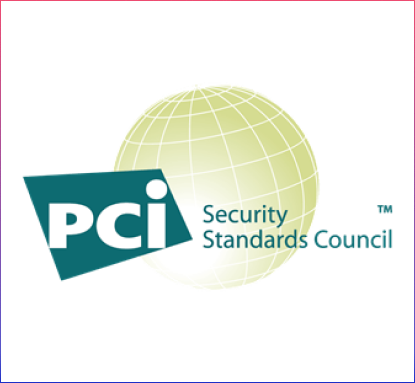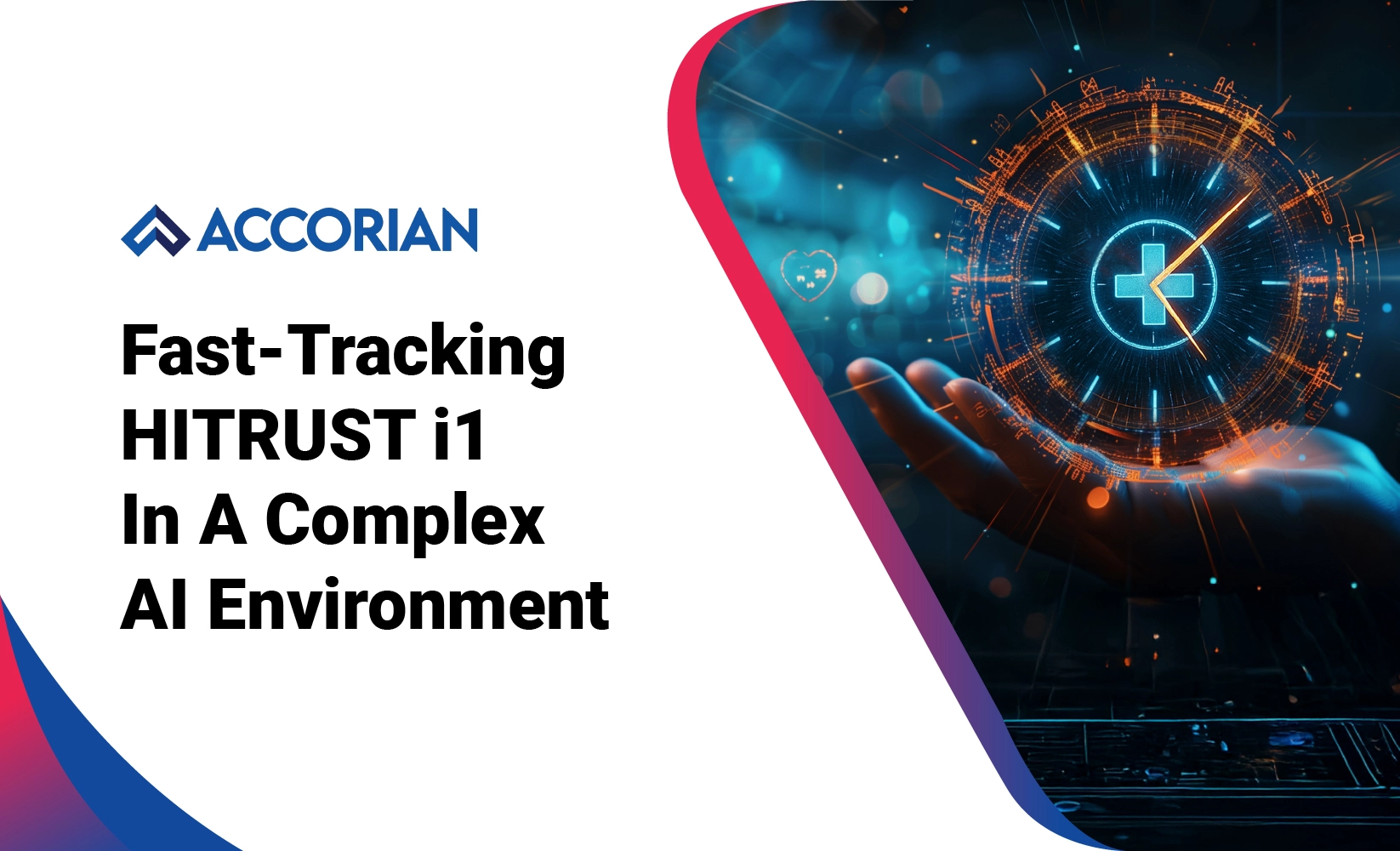PCI ASV
Accorian is a Payment Card Industry Approved Scanning
Vendor (PCI ASV).
Accorian is a Payment Card Industry Approved Scanning Vendor (PCI ASV).
The PCI SSC (Payment Card Industry Security Standards Council) is a global organization that works to make sure cardholder data is safe all over the world. This applies to everyone globally. An Approved Scanning Vendor (ASV) is an organization with a set of security services and tools to conduct external vulnerability scanning services to validate adherence with the external scanning requirements of PCI DSS.
What is PCI DSS?
Payment Card Industry Data Security Standards (PCI DSS) are rules set by the PCI Security Standard Council (PCI SSC) about how things should be done. This rule applies to everyone who stores, processes, or sends data about cardholders. PCI DSS has become a global standard managed and updated by the PCI SSC to ensure proper implementation and compliance. The precise requirements may differ depending on how involved an entity is in the payment process.

Who is a PCI ASV?
A PCI ASV would ensure compliance for organizations by checking on regular vulnerability scans to risk threats in the external-facing systems thus minimizing the risk of data breaches and protecting cardholder information. ASVs assist with proactive threat management, which makes it easier to validate, pass audits, averts expensive fines, and penalties. In addition, most of the acquiring banks and the payment processors require periodic scanning through an ASV scan as part of their respective compliance agreements.
What are the criteria for a PCI Security scan by an ASV
To comply with the PCI DSS standards, merchants, and service providers are required to present a quarterly passing of PCI Security Scan by an ASV.
Conducting quarterly external network scans followed by re-scans to verify & ensure that all failing issues have been resolved
Conducting quarterly external scans and rescans via an ASV
Conducting internal and external scans and rescans after any significant change in the network
At the end, the company must obtain a passing scan report on a quarterly basis
Processes For PCI ASV Scanning
Scope Deduction
- Fingerprinting of hosts
- Scanning for open ports and fingerprinting services
- Searching DNS records and conducting DNS lookups to further identify additional hosts
Vulnerability Scanning
Identification of security weaknesses, flaws & misconfigurations associated to the operating system and services based on probing, version identification, non-destructive exploitation using safe payloads, brute forcing of credentials, etc. Additionally, we identify potential vulnerabilities based on version fingerprinting as well.
Reporting and Fixing
The scanning activity yields issues and recommendations for mitigation. We provide clients with two reports – Executive & Technical Summary. The technical summary consists of the list of vulnerabilities, risk rating, pass/fail rating against PCI ASV requirements, description, and mitigation advisory.
Conflict Resolution
The client and ASV work together to identify solutions for screening results that are controversial.
Rescanning (If needed)
Rescans will keep happening until a productive scan is made that fixes all conflicts and exceptions.
Final Reporting
When there are no vulnerabilities found during the scans, a report that has been greenlighted by the PCI ASV is made. The document is sent to the client and issued to them safely.
How To Comply With PCI DSS In 4 Steps?
01
To meet all of the PCI compliance requirements, you need to follow the PCI-DSS version 3.2.1 documentation, which lists a total of 12 requirements and about 251 sub-requirements.
02
Find out what your organization needs to do to be compliant. According to what the PCI Council says, there are different types of businesses, and each has its own set of rules.
03
Fill in identified gaps by deploying controls like firewalls, secure payment systems, encryption protocols, and regular vulnerability scanning by an ASV (Approved Scanning Vendor).
04
Complete a Self-Assessment Questionnaire or Hire a PCI QSA.
Why Choose Accorian?
Accorian is a PCI ASV. Approved Scanning Vendors, also known as ASV, are a PCI SSC-notified body that provides a variety of data security service providers to evaluate how well an organization’s PCI DSS meets detailed scanning requirements. Along with running ASV scans to check for compliance, Accorian can help your business streamline operations in this area by making suggestions for how to fix or make up for any vulnerabilities that are found. Our experts will also recommend best-in class vendors for all your security needs.
Accorian’s team of security experts aid clients in meeting the 11.2.2 requirement by conducting scans using approved tools such as scanners to identify vulnerabilities, misconfigurations associated to the external network hosts, web application, and other internet facing technologies. The scans are non-disruptive in nature, and they do not conduct destructive testing such as Denial of Service, and Buffer Overflow.
Penetration testing isn't just about finding vulnerabilities; it's about empowering organizations to fortify their defenses against evolving cyber threats. Through meticulous analysis and simulated attacks, we uncover weaknesses before malicious actors do, ensuring your digital assets remain resilient in the face of adversity.




